We are in unassuming Beşiktaş this week for our gallery walk, where most of the galleries are showing interesting group shows, with a few solo shows also in the mix. Again, as many of the galleries prepare to close for the summer months, this is one of the last chances to see some great art this season.
RUPTURES AND CONVERGENCES
First, pop into Kuad Gallery at Süleyman Seba Caddesi 52 to see the second part of the Ruptures and Convergences exhibition that we covered in a previous blog. Organised as part of the celebrations of the 600th anniversary of diplomatic relation between Turkey and Poland, the exhibition showcases Turkish and Polish artists who debuted in the 1990s or later, and who relate to the mythologies and archetypes deeply rooted in both cultures, yet in the context of today’s geopolitics. Prices from €3,000 to €10,000.

One of Onur Mansız’s works
ONUR MANSIZ’S TRAGEDY
The lower of the two Akaretler streets, Şair Nedim Caddesi, is actually where most of the galleries are located. Art ON at No 4 is hosting the hyperrealist paintings by the young artist, Onur Mansız. In Tragedy, the artist presents his super emotive portraits, that are full of melancholy and dark humour, and invites audiences to confront their own fears. Please enquire directly with the gallery for prices.

Nilbar Güreş, ‘The title of this collage is being a guest’, 2014, mixed media on paper, 74 x 104 x 4.5 cm (framed)
THIS SECRET WORLD THAT EXISTS RIGHT THERE IN PUBLIC
Stay on the same side and past some appealing cafés and boutiques, you will find Rampa’s main exhibition hall at No 20. Inside, Rampa’s first ever group exhibition brings together the works of 16 artists – both veterans and younger talent – from Turkey and beyond.

Ali Taptık, from the series ‘Towards a Flora’ (work in progress), 2014, digital C-print mounted on alubond, 30 x 30cm
Entitled this secret world that exists right there in public, the exhibition was curated by Lara Fresko and Esra Sarıgedik Öktem and focuses on the potentials of interpersonal relations and social movements to envision alternative worlds. Some compelling works spanning a number of disciplines are on offer. Please enquire directly with the gallery for prices.

Selma Gürbüz, ‘Daydream 1’, 2014, diasec print, 112.5 x 150 cm
SELMA GÜRBÜZ’S DAYDREAM
Across the road, at No 21, Rampa’s second space is exhibiting a photography series by the veteran Turkish artist, Selma Gürbüz, a prominent figure in contemporary Turkish painting. ‘Gürbüz’s works are in several public collections,’ says the gallery’s communications manager, Üstüngel Inanç, ‘including The British Museum, Galerie Maeght in Paris, Santral Istanbul, Istanbul Modern, Project 4L and The Painting and Sculpture Musuem in Ankara.’ Audiences know Gübrüz because of her paintings and ink on paper works, but this is the first exhibition that is comprised of her photographs.

Selma Gübrüz, ‘Daydream 14’, 2014, lightbox, 42 x 54 cm
Entitled Daydream, the photographs are quietly emotive, atmospheric shots of foliage – whether in dramatic black and white, or with spots of muted colours. ‘Gübrüz is also working on an ongoing project where she will take the viewers into this world of nature which she has created with a 3D-video with sound,’ continues Inanç. The only painting (150 x 300 cm) and ink on handmade paper work in the exhibition is priced at is €77,000. The photographs are €19,000 and the light boxes are €8,000. All works are unique. Rampa closes on July 12 and the next exhibition will open in mid-September.

Yusuf Aygeç, ‘62’, 2014, mixed tech on paper, 35 x 50 cm
START ‘ART WITHIN REACH’
Two doors down, C.A.M. Galeri has a group show that offers accessible and affordable art for art lovers and collectors, entitled Start ‘Art Within Reach’. ‘I am a big fan of small paper works’, says the gallery’s director, Melek Gencer. ‘I also love going to affordable art fairs that concentrate on young talent. Last year when I was going through our storage, I found that we had many small works from our represented artists so I thought why not make an affordable art show for potential young collectors. I think there are so many people who stay away from contemporary art just because of its unreachable attitude.’ The price range for all works is TL200 to TL4,000. Yusuf Aygeç new series depicting animals with colourful frames is one of Gencer’s favourites.

Furkan Nuka Birgun, ‘From the islands of fashion’, 2014, 35 x 70 cm
‘Furkan ‘Nuka’ Birgun is a street artist but he has created paper works for this show, which depict islands with many details and characters,’ continues Gencer. Asking her about the current trends in the Turkish art scene, Gencer says that the way works are presented is increasingly important. ‘Rather than just showing a work, you have to present it in an aesthetically pleasing way as most viewers and collectors prefer works that are aesthetically perfect. Two ways to do this is by framing or hanging the work in a unique way.’ The gallery will close on July 19 and reopen on August 19, 2014.

A work by Gazi Sansoy
THEMELESS/CONTACTLESS 4
Next up are two more galleries located on the outskirts of Beşiktaş leading to Teşvikiye. Follow Şair Nedim Caddesi for a few hundred yards, past the daily hustle and bustle of this more humble part of the neighbourhood, and turn left up the steep Hüsrev Gerede Caddesi, a one-way street coming down the hill. About halfway up is Galeri Ilayda, which is not closing for the summer months but, as in previous years, is hosting a group exhibition during this time. Themeless/Contactless 4 is an exhibition showcasing the nine artists represented by the gallery presenting works under no particular theme and each under an unrestricted heading. Prices range between TL5,000 and TL25,000.

Atilla Galip Pinar, ‘Pig’, 2014, acrylic on canvas, 135cm x 85cm
‘To me, Atilla Galip Pinar’s new works are the standout pieces,’ says the gallery’s director, Sebnem Kutal. ‘In these works, humans, animals and plants are transformed and presented within an interior space such as a box. The artist chose the colours and forms fastidiously and considers the psychological reflections of his subjects. As a result, these are chaotically harmonious, powerful works with many layers.’
‘In the contemporary art scene, artists often use a range of materials (including oil, acrylic, latex paint, charcoal, pastels, resin, textile, newspaper clippings) and techniques,’ continues Kutal. ‘Usually, they use a mixture of several styles. The diffusion of borders and divisions among countries, classes and monetary systems has dramatically affected art. Contemporary art often confronts global issues, including economics, politics, illness, sexuality, race, human rights and war. While many artists address these issues, you can see the differences in their various styles.’

Deniz Gökduman, ‘Untitled’, 2005, 30 x 40 cm, 1,000 TL
Next door, RenArt is hosting the Turkish painter Deniz Gökduman. ‘It is possible to consider my works under two major categories: ‘political’ and ‘daily life impressions’,’ says the artist. ‘In my political works, I paints portraits of revolutionist pioneers who left deep marks on Turkish society from the foundation of the Turkish Republic up until now. In the meantime – despite some critics saying that I cannot express myself with painting – I try to communicate with audiences and create both visual and intellectual works by interspersing verses of a poem or sentences from writers on my canvases.’ Prices are TL 1,000–13,000.

Deniz Gökduman, ‘Untitled’, 2014, 84 x 100 cm, 5,000 TL
When asked to comment on the styles and techniques preferred in the Turkish art scene, the gallery’s manager Şeyma Öner says that peinture is becoming increasingly popular. ‘Young artists in Turkey are also rediscovering pop art and photorealism and examining Turkey’s agenda combining these techniques with a political and critical approach.’
Main image courtesy of www.remaxiz.com

Blue: Kuad Gallery, Red – Art ON, Green – Rampa, Yellow – C.A.M. Galeri, Purple – Gallery Ilayada, Magenta – RenArt
Click here for an interactive map.

















,_2014,_9x6x4cm.jpg)






































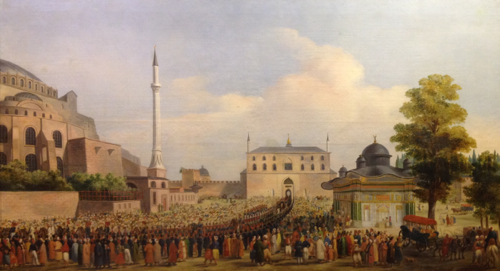
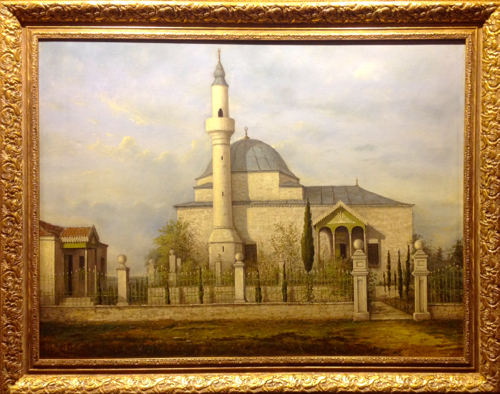
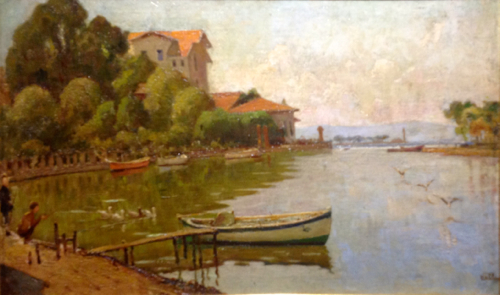
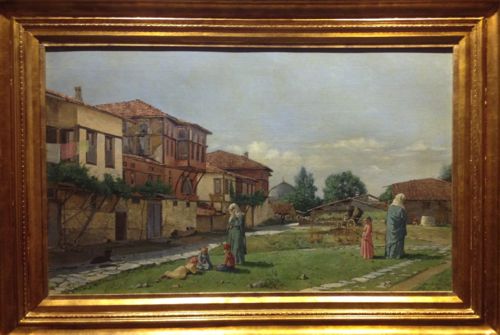
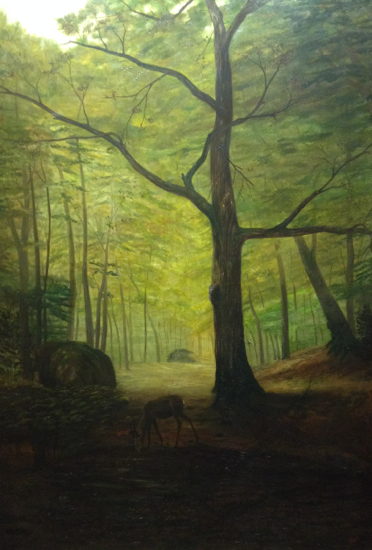
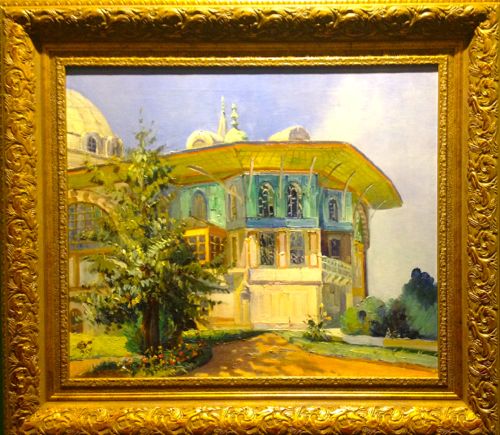
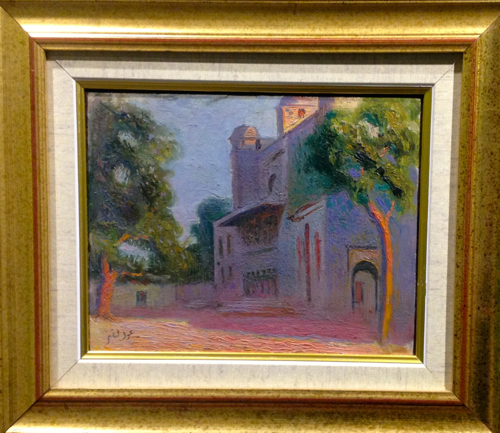
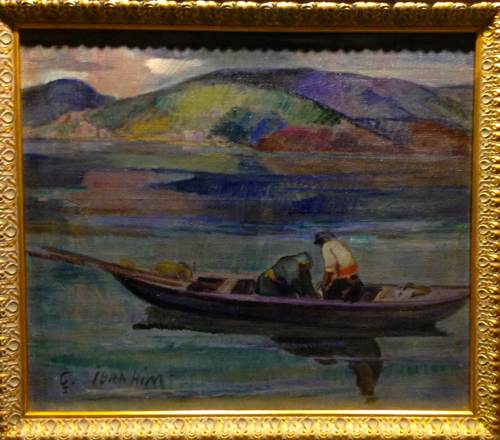
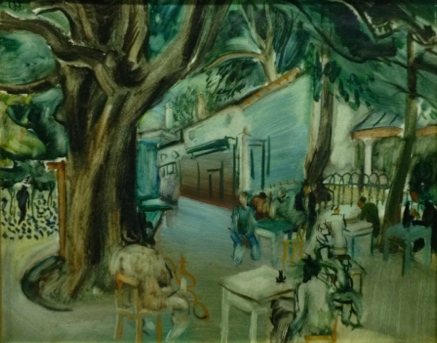



















.jpg)